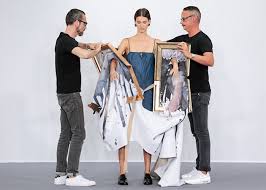school
LENINGRAD SCHOOL OF PAINTING (part 1)
 The history of the Leningrad school of painting covers the period from the beginning of the 1930s to the beginning of the 1990s. Having arisen in the midst of a heated struggle over the development of art and art education in the USSR, it became that missing link, thanks to which the traditions of the national art school and realistic painting were preserved and received a new development.
The history of the Leningrad school of painting covers the period from the beginning of the 1930s to the beginning of the 1990s. Having arisen in the midst of a heated struggle over the development of art and art education in the USSR, it became that missing link, thanks to which the traditions of the national art school and realistic painting were preserved and received a new development.
Having made a significant contribution to Soviet fine art, to the formation of aesthetic views and the spiritual world of modern generations, the Leningrad school left the stage at the turn of the 80-90s, fulfilling its historical and artistic mission and giving way to the era of the transitional period. Continue reading
creation
landscapes
reproduction
performance
technologies
harmony
movements
until
period
communal
province
landscape
decorative
musician
educational
festivals
workshop
snowflakes
school
technique
professional
selection
contact
subsequent
sixties
members
minerals
modest
troubles
unshakable
different
student
available
soldiers
development
various
traditions
background
documentary
institution
canvas
Museum
community
enthusiasm
density
artists
sepia
resistant
photography
emergence
ideological
characteristic
manufacture
returned
transmitted
number
arrogance
phenomenon
absolutely
composition
finally
milestone
watercolors
combination
again left
distinguished




